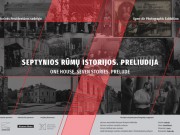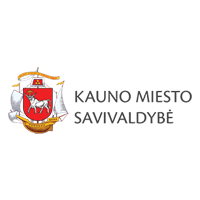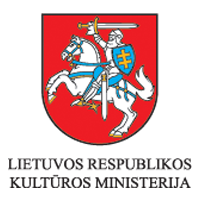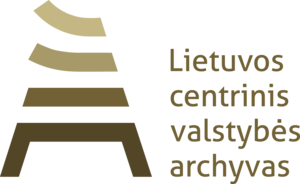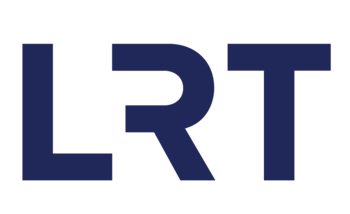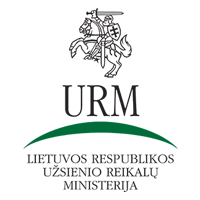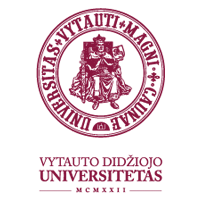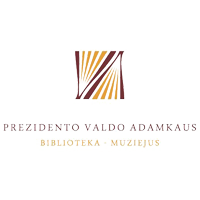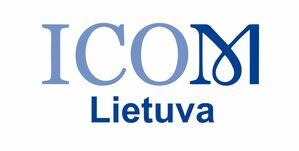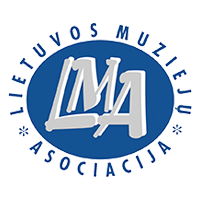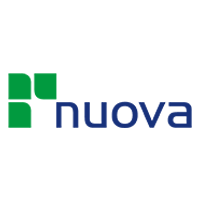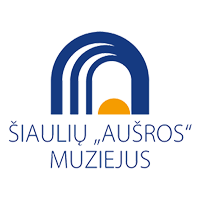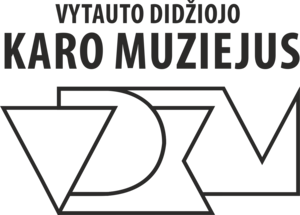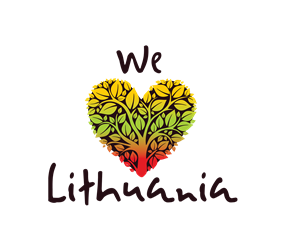It is the fifteenth time that the Historical Presidential Palace has celebrated the International Museum Day (May 18) with a new picture exhibition in its garden. This time, the city residents as well as visitors will be given the opportunity of casting a glimpse at the city from the historical perspective of the palace standing at the edge of the Old Town and the New Town: the archive photos shown at the exhibition One House. Seven stories. Prelude introduce the visitors to seven important historical periods of the city.
The exhibition One House. Seven stories. Prelude is going to surprise the residents of Kaunas City who see the Historicism-styled building at Vilniaus 33 only as the Interwar Presidential Palace. However, this exhibition is the first-time narration spanning over the nearly two centuries of the history of the building and its environment which, after its construction in the middle of the 19th century. However, the building has not only undergone a series of transformations but also witnessed whirlpools of the political life as well as the joys and chores of the daily routine. The palace avoided neither the world wars nor occupations. However, it also rejoiced the merriment of the decades of independence.
For the convenience of the visitor, the multilayered story of the building brimming with events is divided into seven periods. The first of them is Kaunas Governorate and the Governor’s Palace. Then, the residential house built upon order of an affluent lady Flora Cechanowska, transformed into the residence of Kaunas Governor. The exhibition conveys the sensation of this period and the splendor of the palace. The second period is the years of WWI and the residence of the commander of Ober Ost in the years of the occupation by Imperial Germany. The third period is the Presidential Palace of the Republic of Lithuania. From 1919 to 1940, all the three presidents of the Republic of Lithuania were residing and working here. Dozens of honorable guests were met at the front door of the Presidential Palace by a squad of hussars, and the presidents were addressing crowds in the garden from the balcony. The story of the palace during the first Soviet occupation is another painful period in the history of the building, the city and the entire nation. This is the period when Independent Lithuania was occupied, and the Presidential Palace turned into the office of the Presidium of the Supreme council where the puppet president Justas Paleckis was residing and working for a single year. The fifth period is represented by the three years of the Nazi Swastika being hoisted above the palace. During this period, the building lost its status of the center of political power, and an inscription appeared on the door that non-Germans are banned from entry. When Germans withdrew in 1944, the lengthy period of Soviet occupation spanning over more than 40 years started. At that time, the building was used as the Teachers’ House featuring a cinema, a library and premises for art bands. Finally, the dawn of independence awakened the palace, and the seventh period started when the former Presidential Palace and its surroundings became the Historical Presidential Palace of Lithuania.
The exhibition presents photos from Lithuanian and foreign archives, museums and libraries as well as photos stored in personal archives whose general accessibility to the broad society is hopelessly limited.
The curator of the exhibition One House. Seven stories. Prelude is historian Marija Navickaitė. The exhibition shall run from May 15, 2021 to October 31, 2021.
Should you desire to find out more about the historic building, you are kindly welcome to use the remote audio guide at www.rumuistorijos.lt It features the stories of the palace voiced in four languages (Lithuanian, English, Russian and German) along with visual narration in Lithuanian and in the sign language as well as descriptive narration for the blind and the visually impaired.

